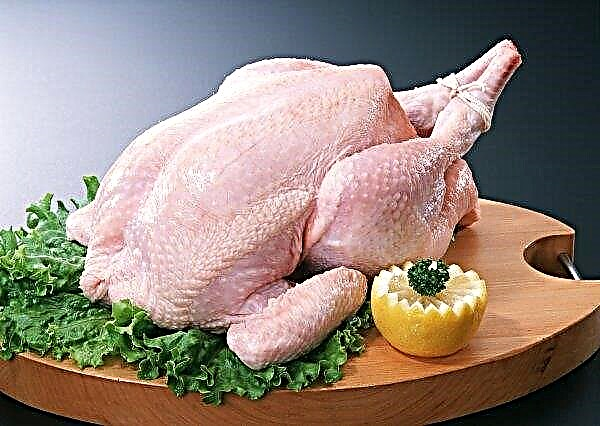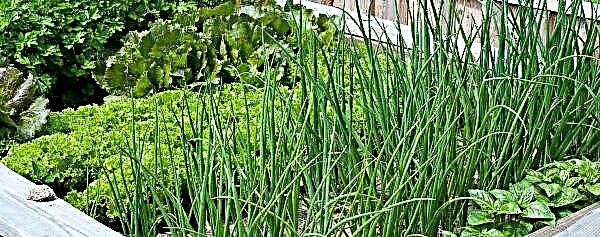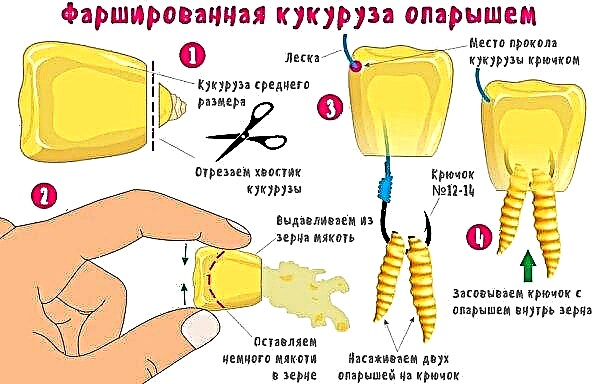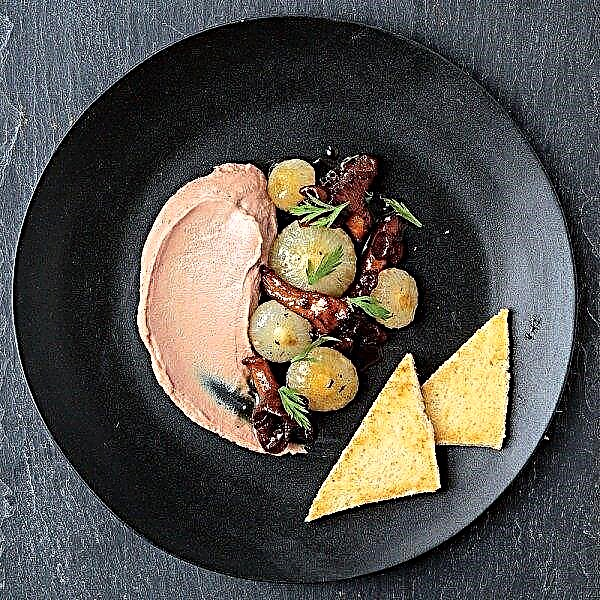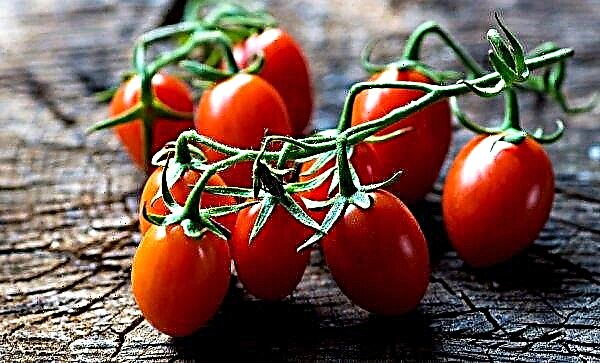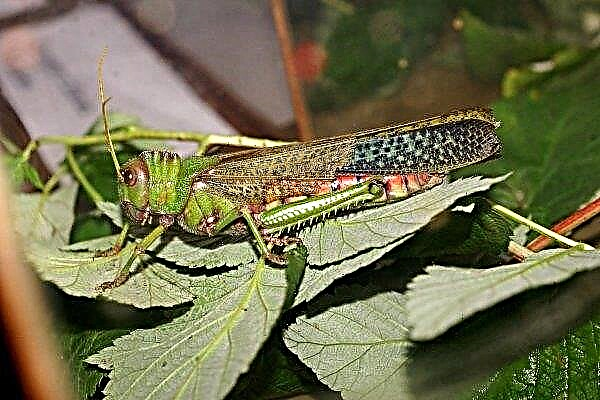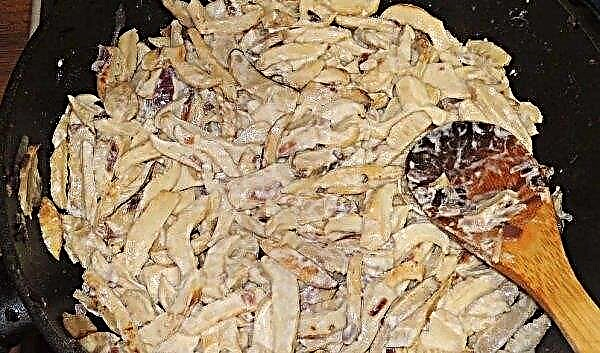Green plants in the summer cottage and in the garden are not only a design element, but also a great way to provide yourself and your family with clean air. Fir-trees are spread all over Russia and have high aesthetic value. Thick and lush branches create an incredibly pleasant coniferous aroma. Professional gardeners and beginner summer residents are wondering - how to grow a Christmas tree at home.
Selection of planting material
Fir trees have long been used not only for landscaping. They have many useful properties that are even more active by winter. Essential oils, medicines and cosmetics are made from needles. There are many varieties of conifers. The most common species among the fir trees are considered ordinary, Canadian and acron species.
When the choice fell on a particular type of tree, you need to think about where to get planting material. The easiest way is to buy in a nursery. This method is most popular if the variety is rare and exotic or there is no opportunity to get it in the forest.

Purchase in the nursery
Buying seeds and seedlings in a nursery does not require a lot of time and is most suitable when only a few copies are missing to complement the design. Seedlings are sold in special pots. At the root of the cuttings should be present a lump of native land. This will help the young tree adapt to the new environment.
Did you know? Needles are used for the preparation of vitamin complexes for people and animals.
The seedling must meet the following criteria:
- The needles are healthy in appearance, without severe shedding and plaque.
- Fresh shoots at the tips of the branches.
- The plant is straight, without deformation.
- With weak bending, the branches bend, but do not break.
- Too small a pot may indicate an injured root system.

Seed cultivation
If the time spent for the gardener is not critical, you can try to grow the planting material at home or in the country yourself. For this method, varieties that are found in local forests are more suitable. It is better to take cones for seeds formed from the beginning of autumn and before frosts.
Before planting the seeds, they are kept in a weak solution of potassium permanganate for about an hour, and then in clean water for a day. After the seeds are best sown in pots with wet sand and stored in a cold room. Planting seeds in open ground, you need to take care of reliable protection. This is ensured by a frame of twigs and fabric. At the end of summer, the building is removed, replacing it with a layer of dry leaves.

To ensure plant growth, you need to follow a few simple rules:
- keep the soil moist;
- feed with fertilizers (manure, superphosphate or nitrate) 3 times during the summer.
From cuttings
To propagate many types of decorative trees, twigs, that is, cuttings, are used. Cuttings cut in the spring can be taken after a short period. You can cut spruce in August or even in winter. To cut the future stalk, side branches are cut with scissors or secateurs, preserving the so-called “heel” - part of the wood from last year. Needles need to be carefully removed a couple of centimeters from the “heel”.

To grow spruce from cuttings, use material - sphagnum. It must be prematurely held in warm water. Sphagnum should be spread evenly on the film. The branches are laid out at approximately the same distance from each other along the film, which is then rolled up into a loose roll. Store future plants in the same roll until the time of planting.

Digging a seedling in the forest
When going to the forest for a seedling, in order to transplant it after, it is important to remember several rules:
- It is necessary to dig a plant in the fall or in the spring when the earth is saturated with moisture.
- Do not disturb the native lump of earth at the root.
- You need to choose a tree no higher than 1 meter. The higher it is, the harder it will take root.
- The plant is dug carefully, first digging it in a circle. Depth should be from half a meter and more so as not to touch the root system. To make the tree better adapted to a new place, it is recommended to take a bucket of “native” land with you from the forest.
Important! Correctly dig a seedling not in a dense forest, but on the outskirts, where it develops better and does not compete with other plants.
Preparing the landing site
The stages of planting seedlings and forest planting material are identical. They are best taken in new places in spring and late fall.

In order to plant a tree, you need to choose a place, not only on the basis of aesthetic views, you need to consider that they love the sun. Young trees are afraid of heat, so the best place would be a site shaded by a fence or other low trees. It is necessary to provide for drainage; spruce trees grow noticeably worse in wet areas. An ideal place for them would be a site with fertile soil and low groundwater.
Phased landing
Spruce planting can be divided into steps:
- Dig a hole 60 cm deep and of the same diameter.
- To build a drainage of sand together with crushed stone at the bottom of the hole
- Prepare the soil mixture from the following components: sand, soil, peat and humus, you can add up to 150 g nitroammofoski.
- Cover the drainage with a mixture and pour a bucket of water.
- Plant the root with a lump of earth in the hole.
- With a mixture fill the rest of the pit.
- In order for the plant to maintain one optimum temperature, peat mulching is carried out.

The distance between the seedlings when planting
It is customary to plant trees based on your preferences and the chosen landscape design. Most often, spruce is used to decorate paths and paths on the site. They can be planted not only singly, but also in groups, adhering to an optimal distance of 2-3 meters, not less than 1 meter, otherwise the plants will interfere with the healthy development of each other.
Follow-up care
In addition to watering and feeding, a young plant requires compliance with the light regime. At the initial stages of growth, the tree needs to provide coolness and shadow. It is important that the root system tends to develop in breadth rather than in depth, so the roots can damage fences and fences, sometimes even the foundation of buildings. In winter, spruce should be protected from the cold and taken care of. For this, gardeners often use twigs and cotton. In the spring they clean it.
Did you know? Usually, spruce has a lifespan of 200–300 years, but there are specimens with an age of up to 600 years.
Watering and feeding
The soil around the spruce should always be slightly moist, but not too saturated with water. Watering time can be set by squeezing a handful of earth taken from the root in the hand. If the lump breaks up, you need to start watering. It is especially worthwhile to monitor watering in the heat. In the summer it is carried out twice a week, pouring 10 liters of clean water each time.
The first years of life, the tree requires additional nutrition. Fertilizer is carried out using peat, sawdust or manure. From these components you can make a mixture. It is distributed over the soil by 10 centimeters.

Cropping and shaping
Spruce, like pine, grows slowly, but periodically requires pruning. For prevention, gardeners do it once a year. It consists in the removal of dry and diseased branches and thinning so that the rays of the sun can reach the tree fully.
Formation is carried out most often in the spring, until the first shoots on the branches or in late summer, when the tree is preparing for winter and slows down, has yet to appear. It is important to choose the time for trimming and shaping so that the wounds on the plant have time to heal until frost. Young trees are usually planted and pinched.

Winter preparations
The seedlings ate the first couple of years unstable to frost. In order for the tree to survive the winter safely, it must be well insulated. In addition, there are other ways to prepare a conifer for the winter. The first is abundant watering of the plant before the frost itself. In winter, the tree does not freeze in growth, but simply slows down the vital processes.
In spring, the seedling will not need additional watering, because it will use the existing supply of water. Another way is to mulch. It is carried out using sawdust, which create a dense layer, but at the same time leave access to oxygen.
Disease and Pest Prevention
Like other varieties of plants, conifers are not immune to diseases and pests. Of these, the most common are fungal infections. They condemn needles to shedding, and the tree itself to dry out and perish.
 The root sponge and mottled rot are not treated. In case of infection with these diseases, the tree needs to be cut. In this case, the stump and roots of the diseased plant must be removed, and the soil itself should be decontaminated.
The root sponge and mottled rot are not treated. In case of infection with these diseases, the tree needs to be cut. In this case, the stump and roots of the diseased plant must be removed, and the soil itself should be decontaminated.
If the tree shows signs of a fungus, it is worth doing its disinfection. To do this, infected branches are cut out, and the soil around the tree is treated with drugs that increase immunity. For example, "Charm" or "Immunocytophyte."
Conifers are considered excellent plants for landscaping. Growing spruce at home is quite realistic if you follow the advice of experienced gardeners. Providing the tree with the necessary conditions for growth, you can admire its beauty for many years, spend time in the fresh air and escape from the heat.


